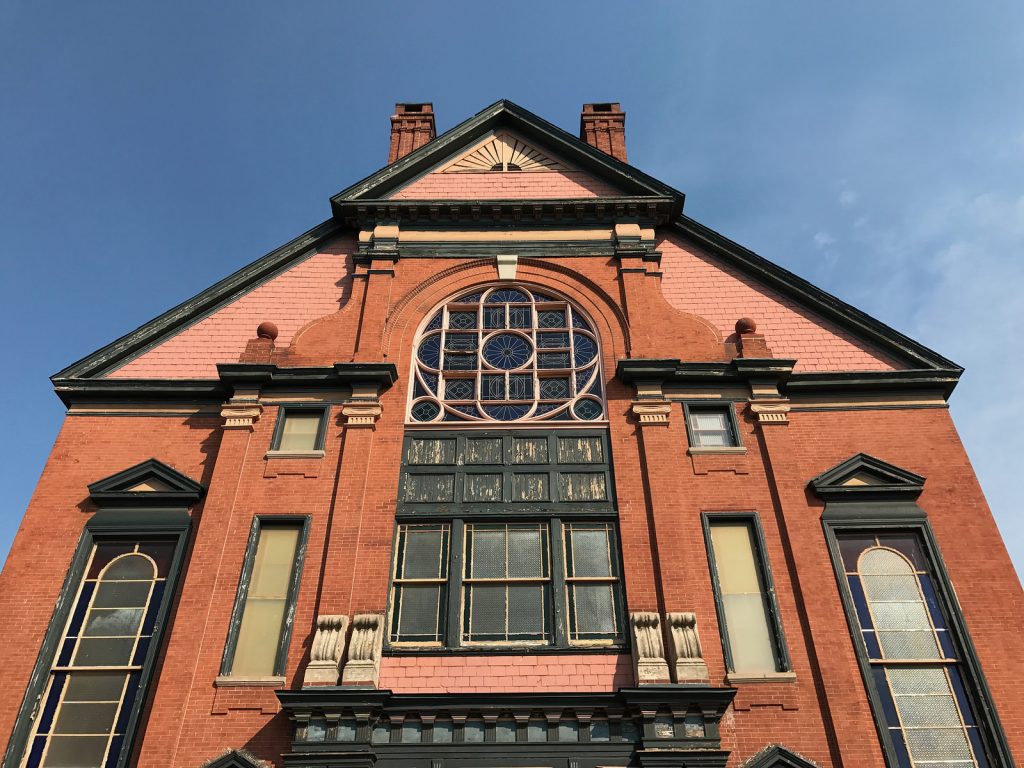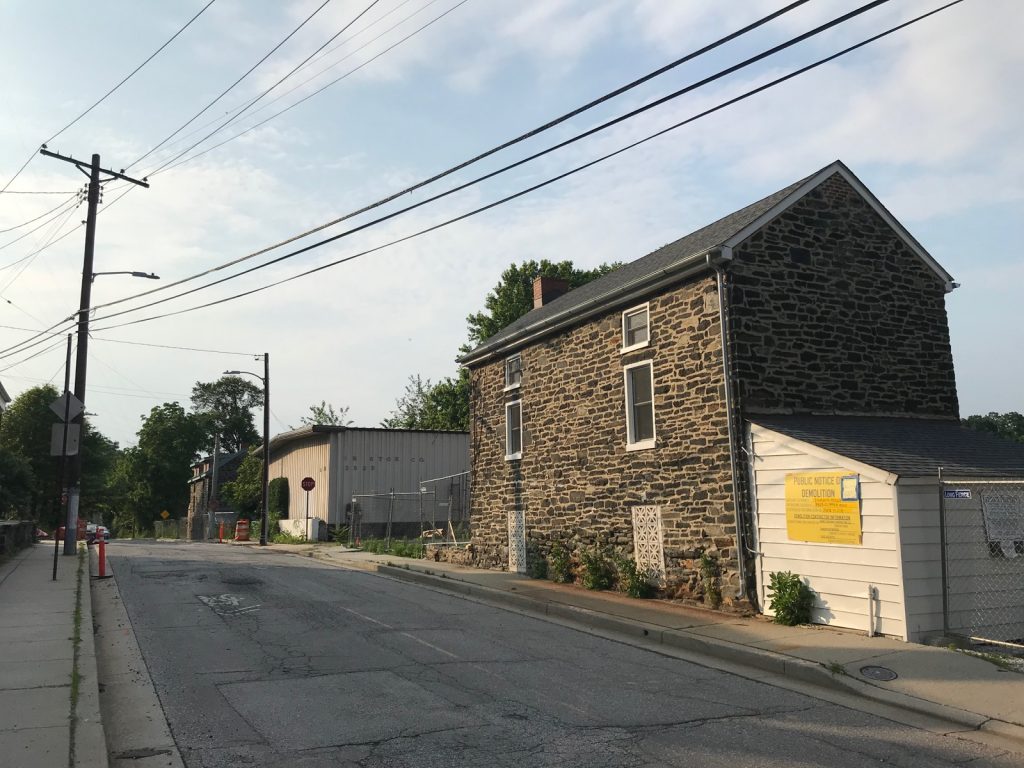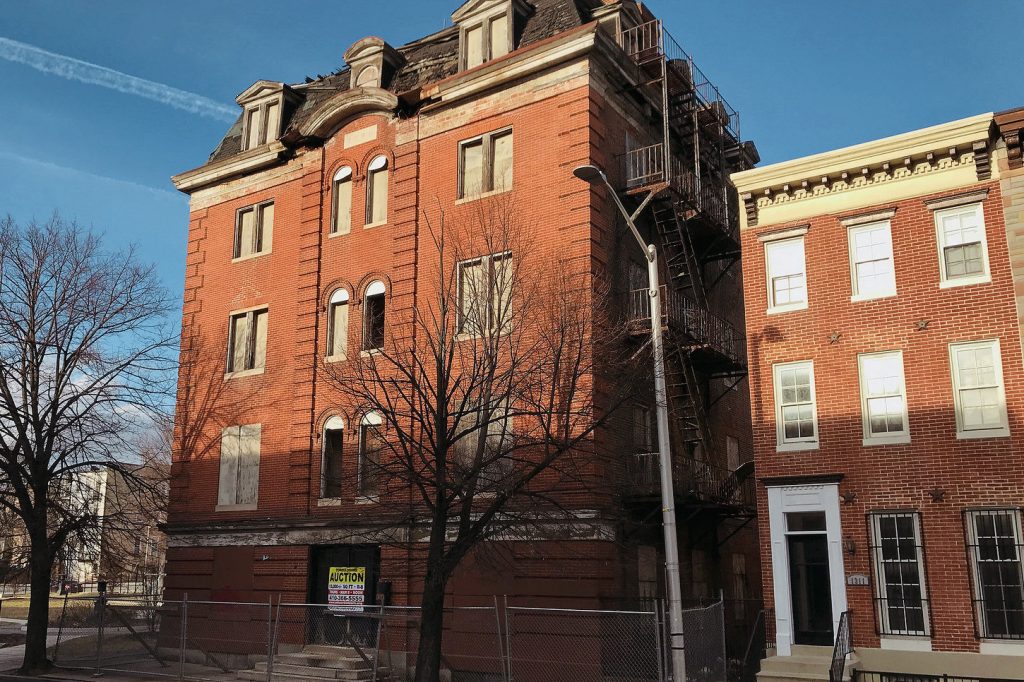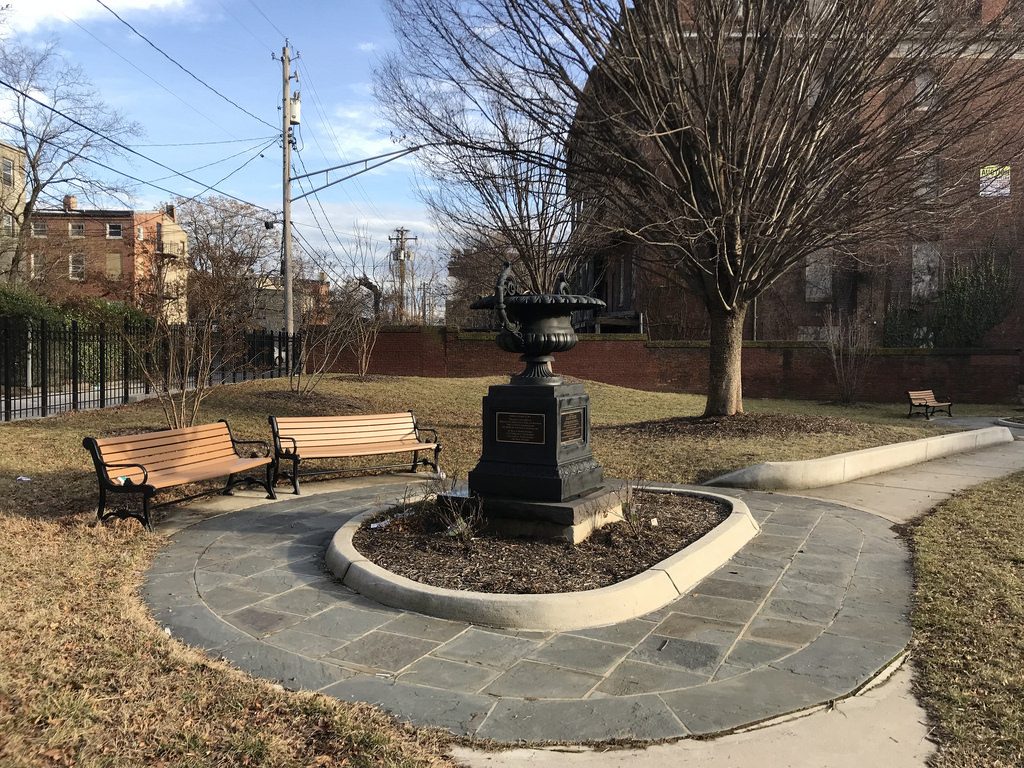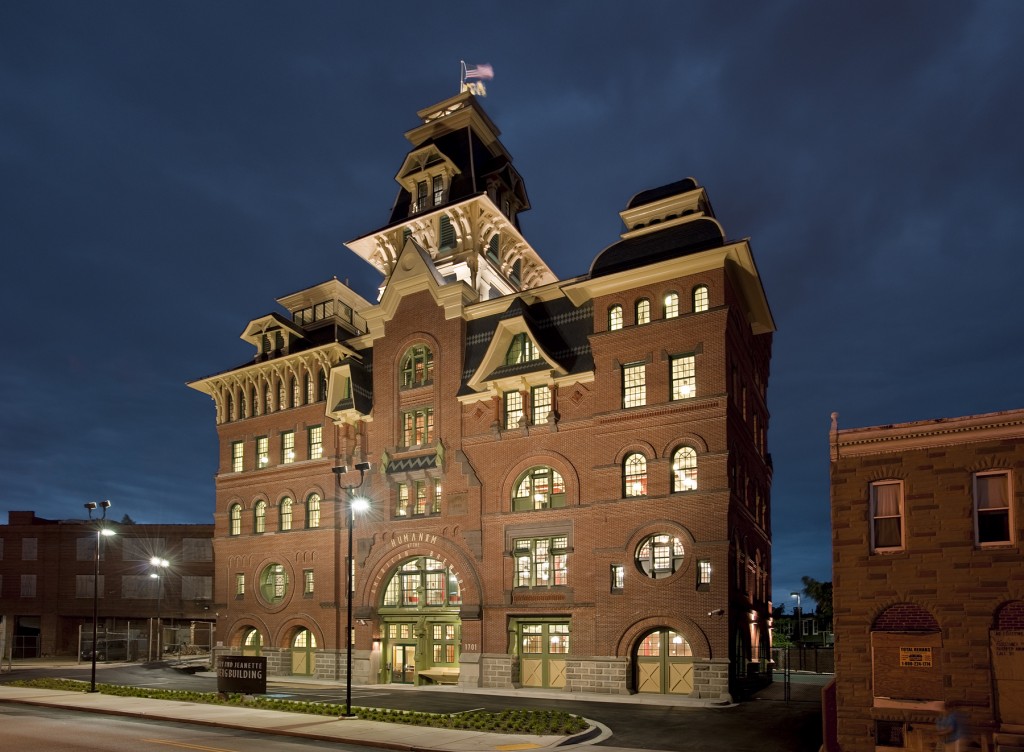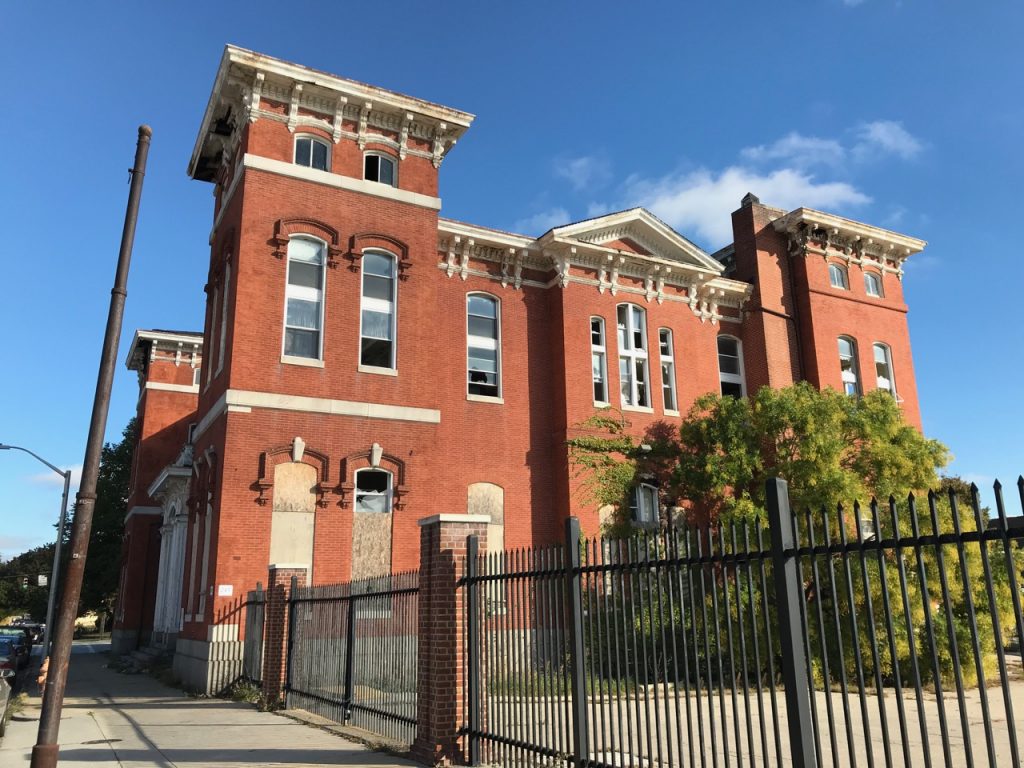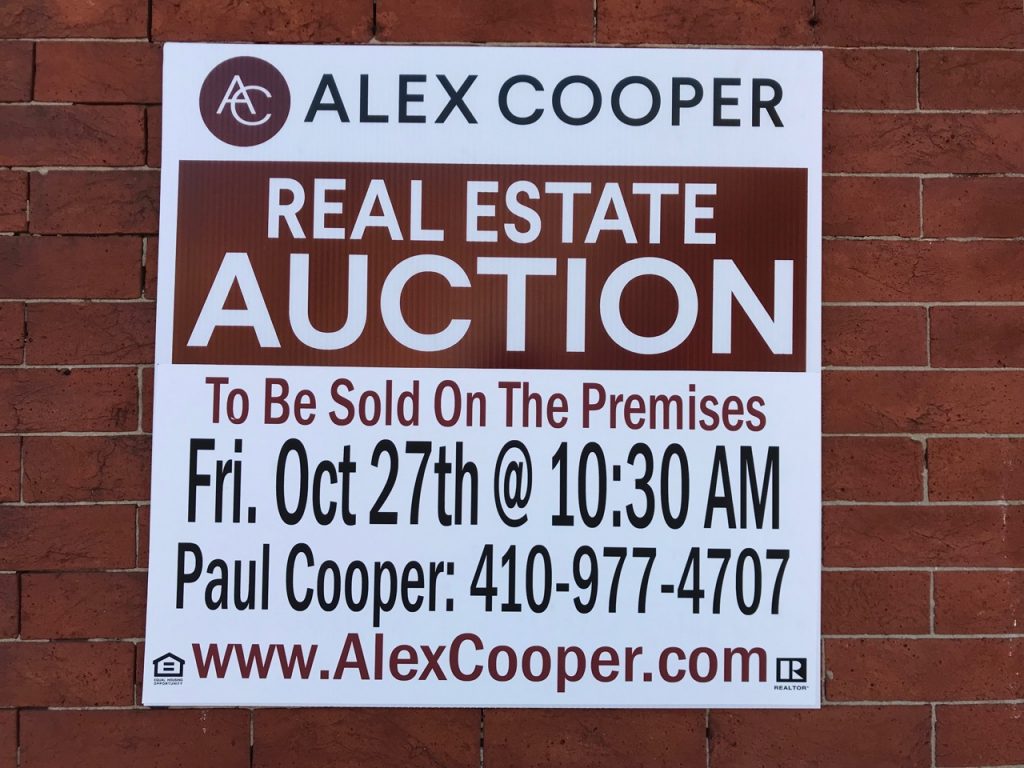Our micro-grant give-away is back for a third year and we’re looking for your ideas. Are you helping restore a community park? Planning a neighborhood tour? Or getting ready to tackle a hands-on preservation project? Share your project idea by Thursday, September 13 and you’ll have a chance at being one of the six projects competing for micro-grants during our preservation pitch party at the historic Orchard Street Church on Tuesday, October 2.
The pitch party gives each of the six finalists just three minutes to make a pitch for why they deserve one of four micro-grants. The crowd votes and the four projects with the most support win one of two $500 grants or two $250 grants.
We know the modest award may not be enough to complete an entire project. But we also know even a little help can go a long way to starting something new or sustaining an existing preservation program.
You do not need to be an incorporated nonprofit or formal community organization to apply. Individuals and informal groups are welcome to submit ideas! If you have any questions, please get in touch with me at hopkins@baltimoreheritage.org or 410-332-9992.

